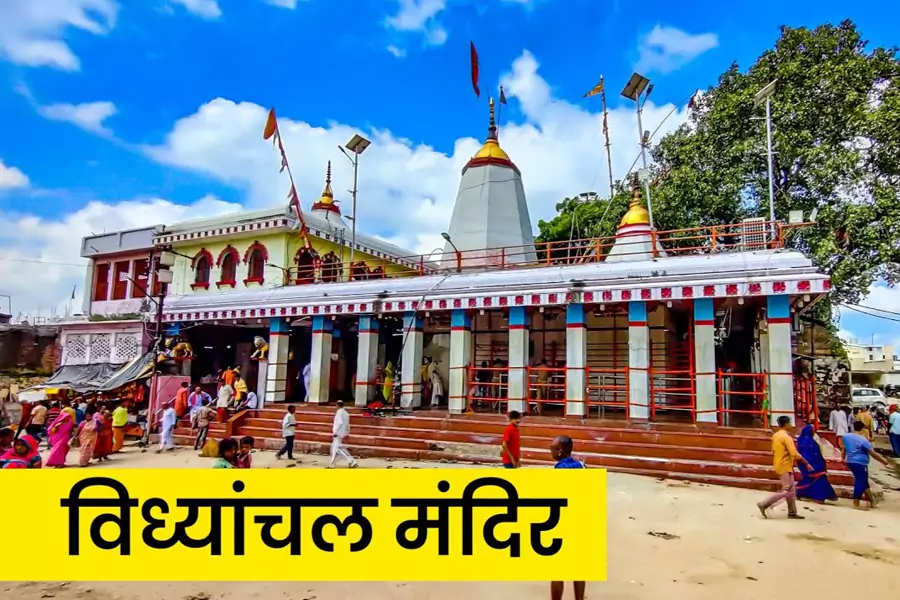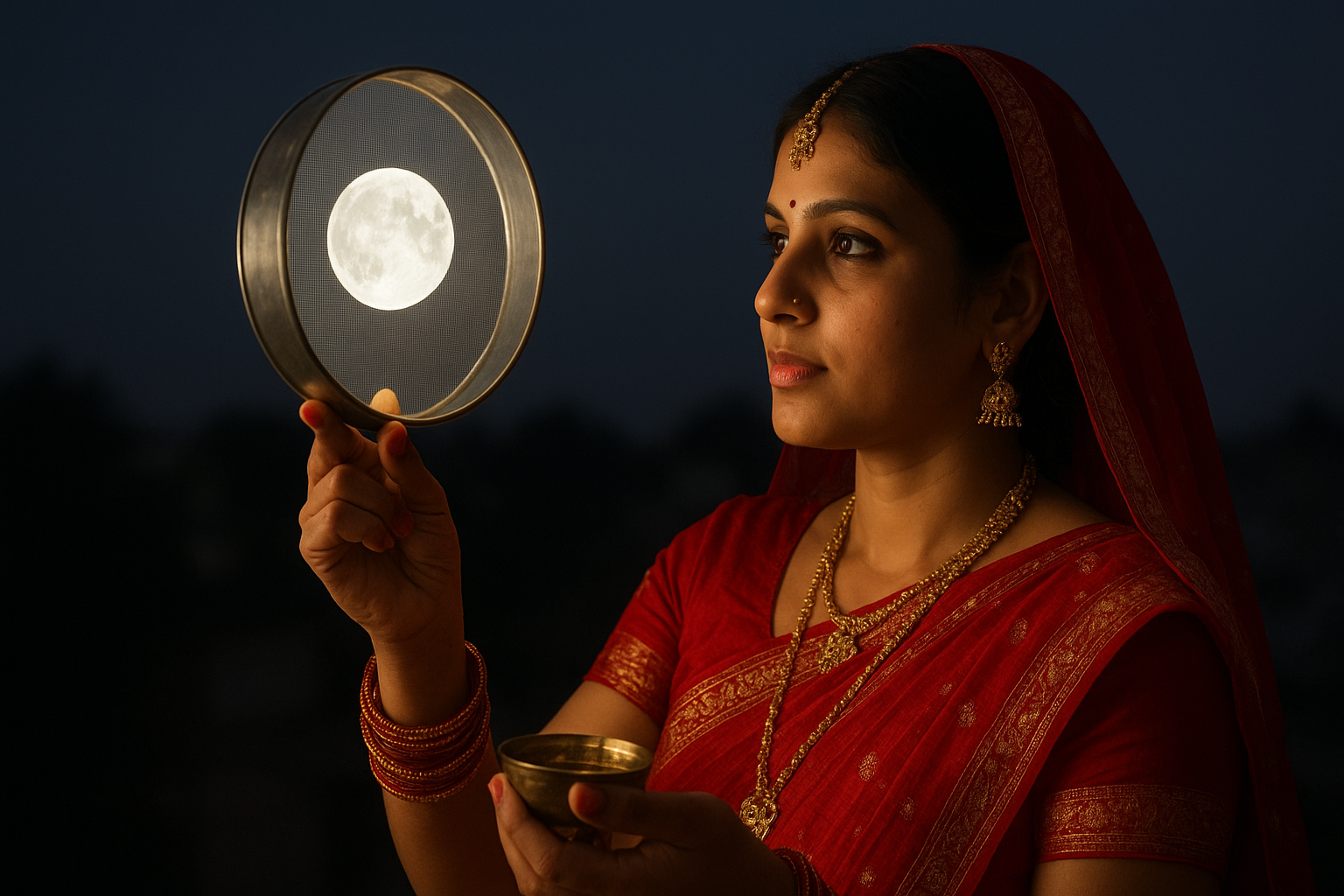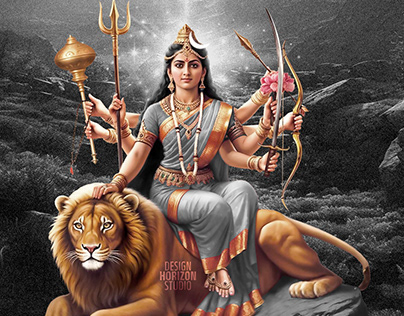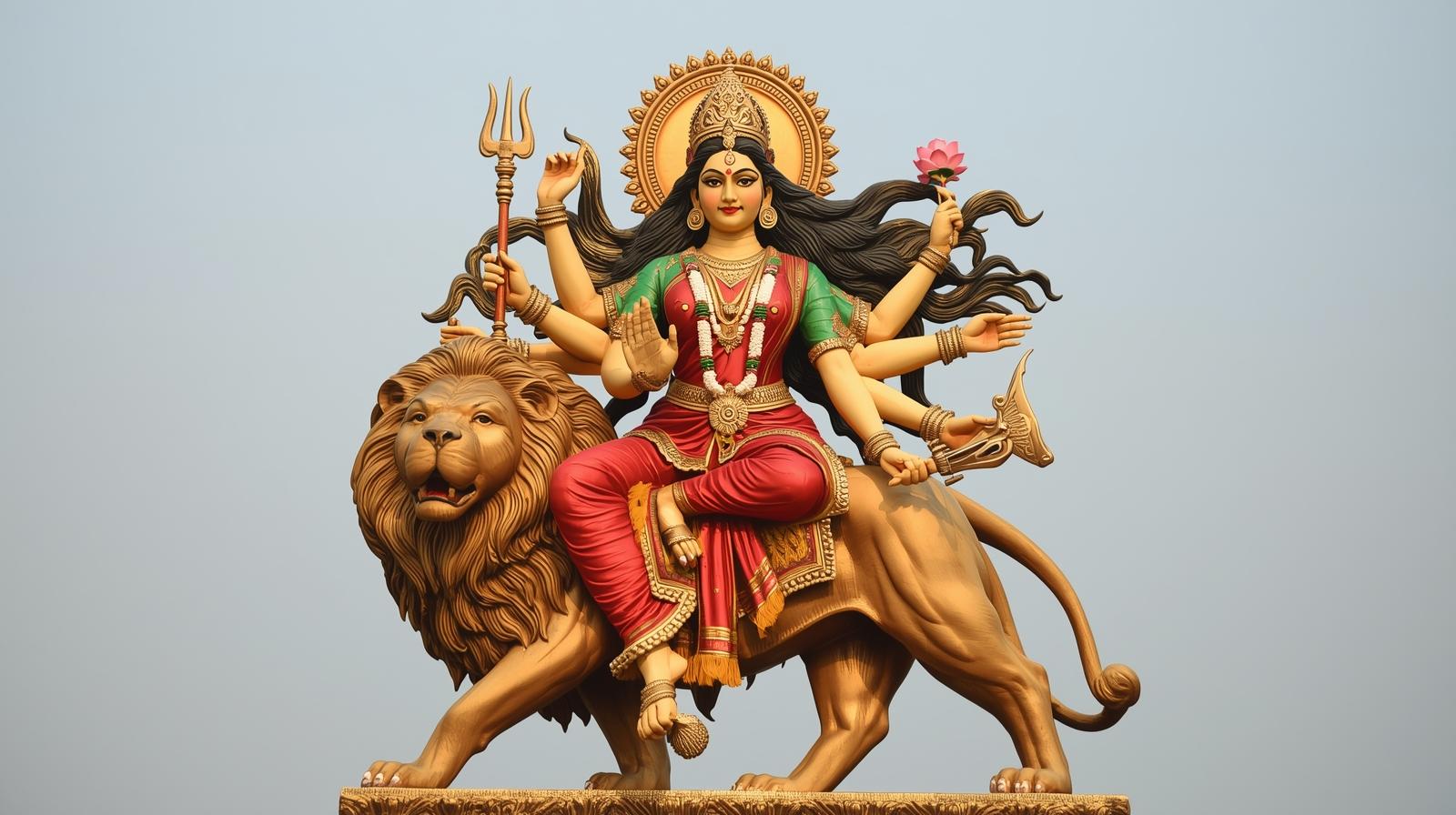Dilwara Temples Mount Abu
The Dilwara Temples of Mount Abu in Rajasthan are not just religious shrines but also architectural masterpieces that reflect the highest form of devotion, craftsmanship, and spirituality. Known for their exquisite marble carvings and serene ambiance, these temples are considered among the most beautiful Jain temples in the world. Nestled in the lush green Aravalli Hills, the Dilwara Temples offer a divine blend of peace, history, and unmatched artistry, attracting thousands of devotees, pilgrims, and art enthusiasts every year.
Historical Background of the Dilwara Temples
The history of the Dilwara Temples dates back to the 11th and 13th centuries CE during the reign of the Solanki dynasty of Gujarat. These temples were commissioned and funded by wealthy Jain ministers and merchants, most notably by Vastupal and Tejpal, who were ministers in the court of King Virdhaval. Built over several decades, the temples required incredible skill and resources, as pure white marble had to be transported from the quarries of Arasoori Hill near Ambaji, several kilometers away from Mount Abu.Each temple was designed to be a place of deep meditation and spiritual learning for followers of Jainism. Over the centuries, they have been maintained and restored to preserve their pristine beauty, making them a lasting legacy of Jain devotion and art.
Architectural Brilliance in White Marble
One of the most striking aspects of the Dilwara Temples is their intricate marble craftsmanship. The white marble, carved with delicate designs, features pillars, ceilings, and walls adorned with floral patterns, mythological figures, and symbolic motifs of Jainism. Despite being centuries old, the marble still gleams with its natural luster, creating a sense of purity and peace.The temples follow the traditional Nagara style of architecture but are unique in their ornamental detailing. The ceilings display mesmerizing lotus medallions and concentric circles, each carved with precision to tell a story or convey a spiritual message. The use of symmetry and proportion reflects not only architectural mastery but also deep spiritual symbolism.
The Five Temples of Dilwara – A Spiritual Circuit
The Dilwara complex consists of five main temples, each dedicated to a different Jain Tirthankara (spiritual teacher). Together, they form an important pilgrimage site for the Jain community.
1. Vimal Vasahi Temple
Built in 1031 CE by Vimal Shah, a minister in the court of Bhima I, this temple is dedicated to Lord Adinath, the first Jain Tirthankara. The temple’s 48-pillared mandapa is renowned for its finely carved ceilings and beautiful marble elephants, each with a unique expression. The corridors are lined with intricate stone carvings depicting scenes from Jain scriptures.
2. Luna Vasahi Temple
Constructed in 1230 CE by brothers Vastupal and Tejpal, this temple is dedicated to Lord Neminath, the 22nd Jain Tirthankara. It is considered the most artistically impressive of the five temples, with its ornately carved Rang Mandap (assembly hall) featuring a central dome supported by elaborate pillars. The marble work here is so delicate that it resembles lacework.
3. Pittalhar Temple
Built by Bhima Shah, a minister of Sultan Begada of Gujarat, this temple houses a massive metal statue of Lord Rishabhdev, made using five metals with a predominance of brass. The temple is less ornate compared to the others but holds immense spiritual significance.
4. Parshvanath Temple
Constructed in the 15th century, this temple is dedicated to Lord Parshvanath, the 23rd Tirthankara. It is famous for its unique four-faced idol, symbolizing the omnipresence of the Tirthankara. The outer walls are adorned with beautiful sculptures and relief work.
5. Mahavir Swami Temple
Built in 1582 CE, this temple is dedicated to Lord Mahavir, the 24th and last Jain Tirthankara. Though smaller in size, it features stunning paintings on its walls, depicting stories from the life of Mahavir and other Jain legends.
Spiritual Significance of the Dilwara Temples
For Jains, the Dilwara Temples represent more than just places of worship—they are sacred spaces for introspection, meditation, and the practice of ahimsa (non-violence). The intricate carvings and serene atmosphere inspire a deeper connection with spiritual values such as compassion, truth, and renunciation.The temples also embody the Jain philosophy of simplicity in living yet richness in spiritual pursuits. Despite their elaborate artistry, the purpose of these temples is to create an environment free from distractions, allowing devotees to focus entirely on the path of liberation (moksha).
A Place of Artistic Inspiration
The Dilwara Temples are not only a pilgrimage destination but also an inspiration for artists, historians, and architects. Their carvings are often compared to the fine filigree work in jewelry. The artisans of the time worked with such precision that even today, visitors find it hard to believe the temples were created centuries ago without modern tools.Many contemporary architects study the proportions, symmetry, and symbolic representation in these temples to understand ancient Indian architectural techniques. The interplay of light and shadow inside the temple halls also adds to their mystical charm.
Visiting the Dilwara Temples – Tips for Pilgrims and Tourists
- If you are planning a trip to Mount Abu, the Dilwara Temples should be at the top of your itinerary. Here are some tips for an enriching visit:
- Timings: The temples are generally open from early morning to evening, with a short break in the afternoon. Check the official schedule before visiting.
- Entry Rules: Photography is prohibited inside the temple premises to maintain sanctity.Dress Code: Modest clothing is recommended as this is a place of worship.
- Best Time to Visit: Winter months (October to March) are ideal, as the weather is pleasant for exploring.
- Guided Tours: Local guides are available to explain the historical and spiritual significance of each temple.
Dilwara Temples in Modern Times
Despite being centuries old, the Dilwara Temples continue to attract visitors from around the globe. They stand as a reminder of India’s rich spiritual and artistic heritage, inspiring awe and devotion in equal measure. Modern conservation efforts ensure that these temples are preserved for future generations, keeping alive the legacy of the artisans and patrons who created them. In today’s fast-paced world, the Dilwara Temples offer a rare opportunity to step back in time, slow down, and experience the tranquility that comes from being in a truly sacred space.
Conclusion – A Living Symbol of Jain Faith and Art
The Dilwara Temples of Mount Abu are a remarkable fusion of devotion, artistry, and architectural excellence. They are not just monuments from the past but living embodiments of a spiritual tradition that values peace, purity, and compassion. Whether you visit as a devotee, an art lover, or a curious traveler, the temples leave an indelible impression on your heart and mind. Standing in the cool marble halls, surrounded by intricate carvings that speak of divine beauty, one cannot help but feel a sense of connection to something eternal. The Dilwara Temples are a testament to what human hands and hearts can achieve when guided by faith and a higher purpose.KeywordsDilwara Temples Mount AbuJain temples in Mount AbuDilwara Jain Temple historyDilwara temples architectureMount Abu temple tour











Leave a Reply